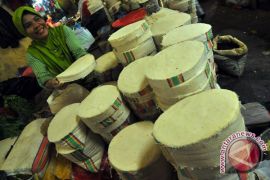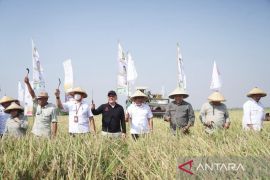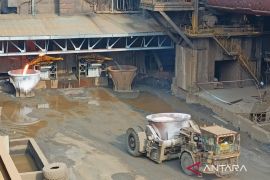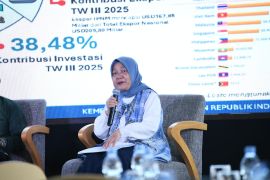The ministry's director general of agro-industry, Putu Juli Ardika, said on Friday that sago is a local food product and an appropriate choice for diversification because it is resistant to climate and weather changes.
"Sago trees can continue to grow even during floods or drought due to the long dry seasons. Thus, sago trees are not affected by natural phenomena such as La Nina and El Nino," he explained.
According to him, sago has the potential to be developed as an alternative to the main national carbohydrate source considering that Indonesia currently has 5.5 million hectares of area under sago trees.
Because of this, the ministry is encouraging the development of sago downstream in the country, supported by efforts to increase the production of sago starch and diversification of products made from sago starch.
In 2023, the Ministry of Industry cooperated with several large-scale sago starch producers in the country to boost capacity utilization.
"The utilization of national sago starch industry production is still very low, below 30 percent. This is a result of the industry's limitations in obtaining sago pith raw materials," he said.
He further said that the government is working with the sago starch industry to develop an industrial business model for using unprocessed sago from micro, small, and medium enterprises (MSMEs) as a raw material in the industry.
The use of unprocessed sago sourced from MSMEs is expected to slow down the oxidation process, thereby allowing the range of industrial raw materials to become wider and providing added value to sago farmers.
Sago starch, famous as a papeda (sago congee) ingredient, has started to be used in modern foods, such as instant noodles and artificial rice.
"These processed food products have the potential to become the main substitute for rice, especially during rice scarcity," he said.
Related news: 42 dams built in 2015--2023 for food security: govt
Translator: Ahmad Muzdaffar, Raka Adji
Editor: Bayu Prasetyo
Copyright © ANTARA 2024












